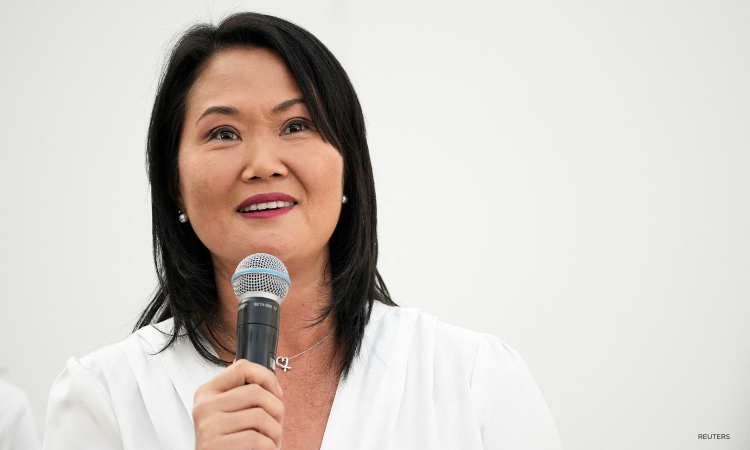Marcos calls on Asia-Pacific to ‘redouble, synergize’ efforts for disaster mitigation
Metro Manila, Philippines — President Ferdinand Marcos Jr. called on countries in the Asia-Pacific region to ramp up the implementation of disaster risk reduction goals.
“Our path now is to redouble and to synergize our efforts to accelerate its implementation,” Marcos said in a speech on Tuesday, Oct. 15, during the opening ceremony of the 2024 Asia-Pacific Ministerial Conference on Disaster Risk Reduction at the Philippine International Convention Center (PICC) in Pasay City .
These goals are under the Sendai Framework for Disaster Risk Reduction 2015-2030, which were agreed upon by United Nations (UN) member states.
The president said it is “crucial” to align national goals under the international disaster mitigation plan, along with global frameworks such as the 2030 Sustainable Development Goals, the United Nations Framework Convention on Climate Change, and the Paris Agreement.
“We must harmonize our approaches and pursue meaningful actions under these mandates to secure a sustainable and climate-resilient future,” he said.
Manila hosts the meet, which will run until Oct. 18, with over 4,000 delegates from 69 countries.
RELATED: PH ‘ahead of the curve’ in disaster risk reduction — UN official
Marcos said nations in the region have similar experiences in disasters, adding that “we share a common struggle navigating that imbalance between continued economic growth and dealing with the ever-present threat of disasters.”
On average, Asia-Pacific countries encountered six natural disasters yearly over the past three decades, the UN Development Programme reported in 2023.
“We must strive to create a future where the need for recovery becomes less frequent, as we lay the foundations for a safer, more adaptive, inclusive, and disaster-resilient region,” the chief executive said.
“[W]e are now called to lead the global effort to reduce disaster and climate risks, protect our people, and build sustainable economies,” he said.
World lagging in targets
The United Nations said the world needs to catch up in meeting the 2030 targets of the Sendai Framework.
“As we learn from last year’s midterm review of the Sendai Framework, disaster risks are increasing all across the world, they are becoming more complex,” said Kamal Kishore, special representative of the United Nations Secretary-General for Disaster Risk Reduction.
“Left unchecked, these disaster risks threaten to derail development aspirations of the Asia-Pacific region and push back progress that has taken decades to achieve,” Kishore said.
The Sendai Framework has a set of 36 indicators to measure progress until 2030. It seeks to reduce disaster mortality, the number of disaster-affected people, direct disaster economic loss, and disaster damage to critical infrastructure and disruption of basic services.
The indicators would also see increasing the number of countries with disaster risk reduction strategies, enhancing international cooperation to developing countries, and expanding the availability of and access to multi‑hazard early warning systems and disaster risk information and assessments.
In a media reception on Monday, Kishore said that there has been progress in reducing the loss of lives in the first 10 years of the Sendai Framework.
“But when it comes to reducing the loss of livelihoods we are not making enough progress,” he admitted.
“I think that needs to be pursued with great sense of urgency,” said the head of the United Nations Office for Disaster Risk Reduction. “That would require working with infrastructure sectors so that all our systems are resilient.”
Marcos said investments must be significantly increased and develop financing mechanisms in disaster risk reduction, assuring that developing nations would have “greater access” to them.
“We must advocate for stronger international legal frameworks that guide disaster prevention and response,” he said.





